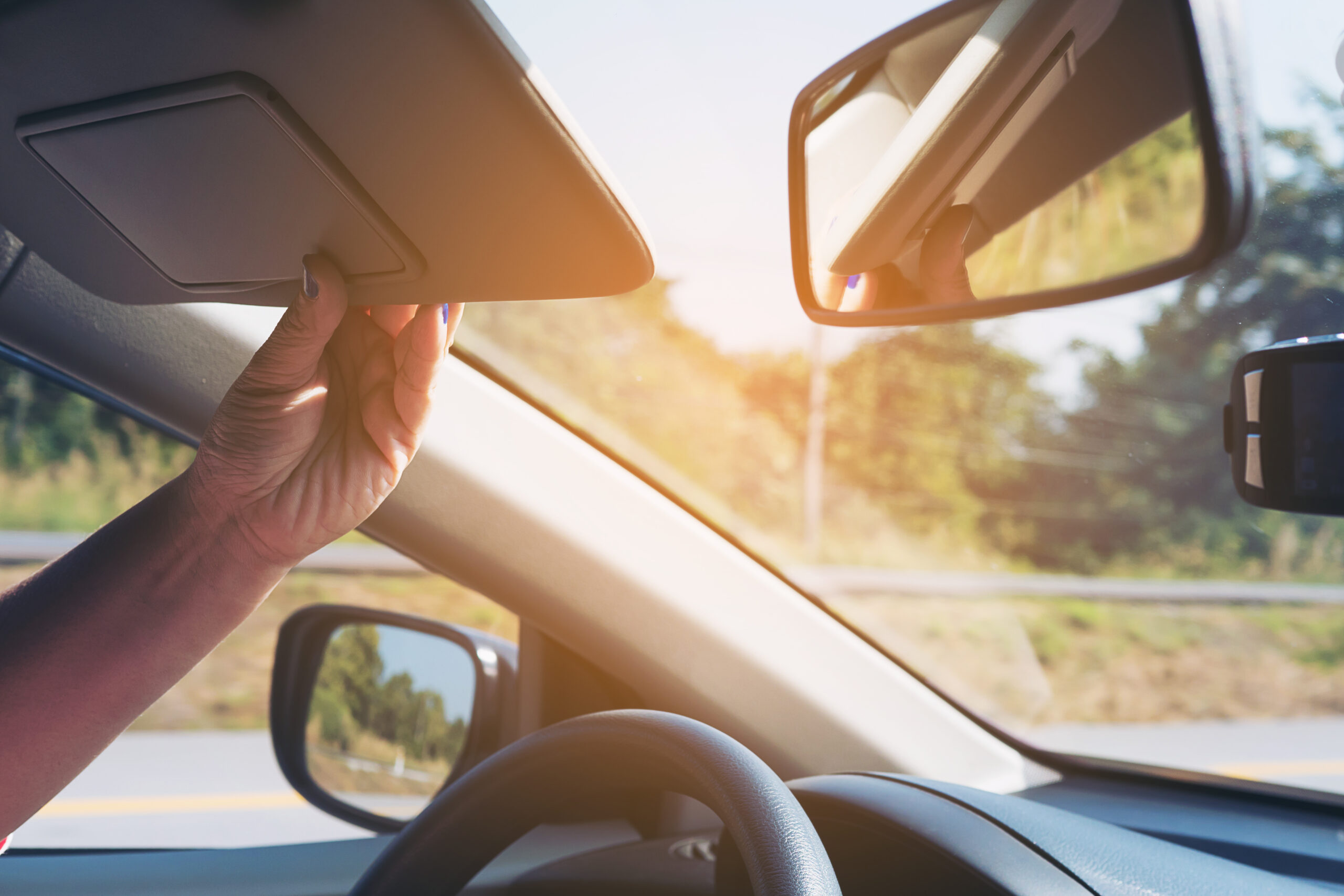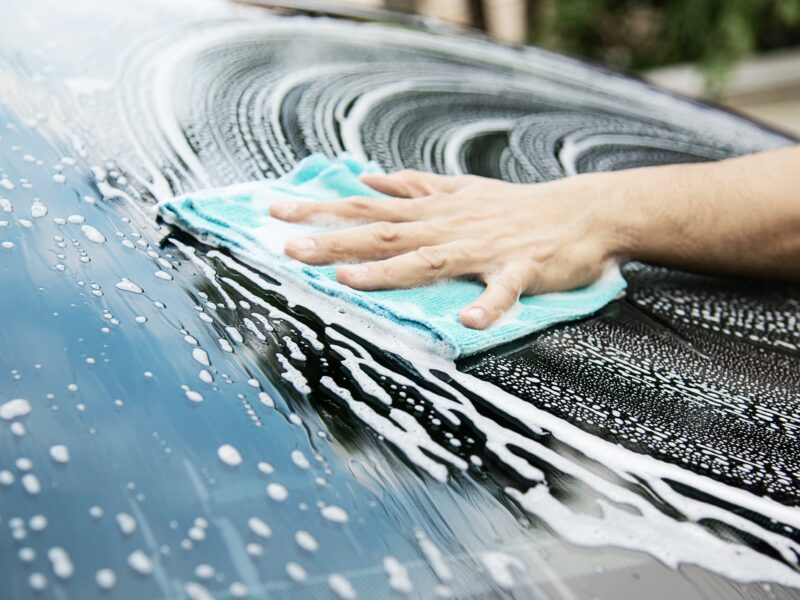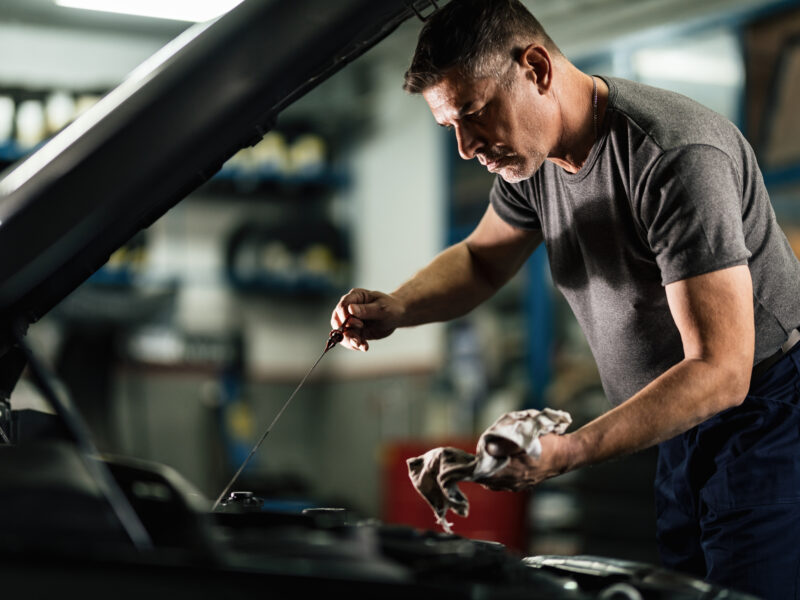As the scorching Australian sun beats down on our cars, the question of whether to use a sunshade becomes increasingly relevant. Beyond the common perception of sunshades as mere conveniences, their impact on both the vehicle and its occupants is a topic worth exploring.
Types of Car Sunshades
- Accordion fold sunshades. Easy to pull out, easy to fold away. Perfect for a quick shade fix, and they usually come with a handy bag to keep things neat.
- Roller sunshades. Like a roll-up blind but for your car window. Pull it down for some shade, roll it up when you want the sun back. Super straightforward and great for controlling the light inside.
- Custom-fit sunshades. If you’re into a perfect fit, choose a custom sunshade. These sunshades are tailored for your specific car model, ensuring a snug fit.
- Magnetic sunshades. Magnetic sunshades stick to the metal frame of your windshield and they’re easy to slap on and pull off.
Benefits of Using a Sunshade
Preserving the Interior
The most immediate advantage of using a sunshade is the protection it offers to your car’s interior. Prolonged exposure to direct sunlight can lead to fading and deterioration of upholstery, dashboard and other surfaces. A sunshade acts as a barrier, shielding your vehicle from harmful UV rays and helping maintain that fresh, new car look.
Temperature Regulation
Australia’s intense heat can turn your car into a veritable oven. A sunshade plays an important role in reducing interior temperatures, making it more comfortable for both drivers and passengers. This not only makes drives more comfortable but also minimises the strain on your car’s air conditioning system, potentially extending its lifespan.
Preserving Electronics
The electronic components in modern vehicles are sensitive to heat. Excessive temperatures can impact the functionality and lifespan of devices such as GPS systems and other gadgets. Using a sunshade helps to create a cooler environment, protecting your Audi technology from potential damage.
Drawbacks of Neglecting a Sunshade
Interior Damage
Without the protective shield of a sunshade, your car’s interior becomes susceptible to rapid aging. Fading, cracking and warping of surfaces are common consequences of prolonged exposure to sunlight, potentially diminishing the resale value of your vehicle.
Increased Fuel Consumption
In warmer climates, the need for air conditioning intensifies. Without a sunshade, your car’s interior can become unbearably hot, leading to increased reliance on air conditioning. This, in turn, contributes to higher fuel consumption, impacting both your wallet and the environment.
Practical Tips for Using a Sunshade Effectively
Selecting the Right Size
Ensure your sunshade fits your car’s windshield snugly. A well-fitted sunshade provides optimal coverage and maximises its effectiveness in preventing sunlight from entering the vehicle.
Consistent Use
Form a habit of using your sunshade consistently, especially during peak sunlight hours. This proactive approach will help maintain the longevity of your car’s interior and protect it from the harsh Australian sun.
Storage Convenience
Opt for a foldable or collapsible sunshade for easy storage when not in use. This ensures that you’re more likely to use it regularly, even if you have limited space in your car.

Does the Sunshade Need to Be Reflective?
Yes, having a sunshade with a reflective side can be beneficial for several reasons:
- Heat reflection. The reflective side of a sunshade is designed to bounce sunlight away from your car, reducing the amount of heat that enters. This helps in maintaining a cooler temperature inside the vehicle, making it more comfortable for both you and your passengers.
- UV Ray Protection. Reflective surfaces are effective in blocking ultraviolet rays from the sun. UV rays can cause damage to your car’s interior, but a sunshade with a reflective side adds an extra layer of protection against these harmful rays.
- Energy efficiency. By reflecting sunlight away, a reflective sunshade can reduce the need for excessive use of air conditioning, which, in turn, helps in saving fuel or electricity, depending on your car’s power source.
Cheap vs. Expensive Sunshade
When it comes to choosing between a cheap or an expensive sunshade, it all comes down to your priorities and budget.
Cheap Sunshades
On the positive side, budget-friendly sunshades won’t put a strain on your wallet. You can find them easily in various places, from local shops to online stores. Despite their affordability, many of these options still do a decent job of blocking out the sun and protecting your car’s interior.
However, there are some drawbacks to consider. Cheaper sunshades may not be as durable as their pricier counterparts. The materials and build might not withstand wear and tear for an extended period.
Expensive Sunshades
Going for a pricier sunshade often means investing in higher-quality materials. These options are designed for durability, providing better protection against the sun. Some expensive sunshades even come with custom fits, tailored to specific car models.
These premium options may also boast advanced features like UV-resistant coatings or reflective surfaces, improving their performance, especially in extremely hot and sunny conditions. However, the trade-off is the higher cost, which might not be suitable for everyone’s budget.
Car Sunshade – A Worthwhile Investment
The decision to use a sunshade in your car is not merely a matter of personal preference but one rooted in practicality and long-term benefits. Considering the relatively low cost of this accessory, it’s a small investment with substantial returns in terms of maintaining your car’s overall wellbeing under the unforgiving Australian sun.


